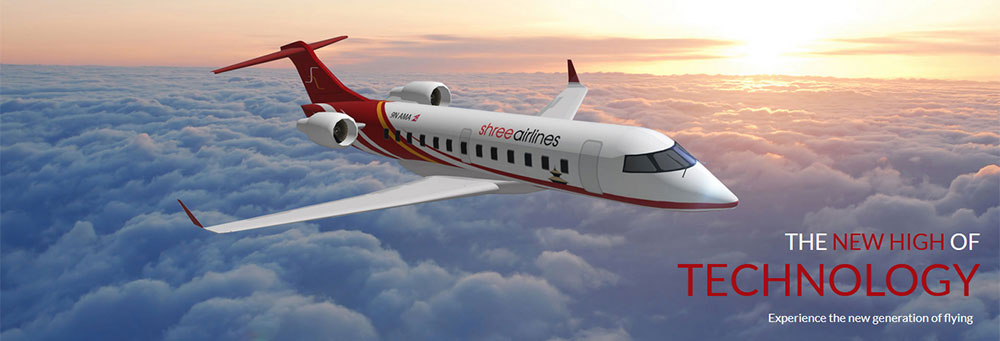Searching flights for you...

From: DHITo: KTM Departure Date: 14-Jun-2022

Airways, like highway vehicles, must contend with unforeseen and unwelcomed air traffic. How and why? Well, safely leading an aircraft from point A to point B is an extremely crucial and complicated task because it requires coordination and collaboration between various connected aircraft professionals. The air traffic controller is in charge of running every flight that takes place throughout the world using predetermined routes in order to ensure seamless operation.
Air traffic operators or controllers ensure the safe operations of commercial and private aircraft. Further, these air traffic operators coordinate the movements of each and every ongoing flight for 24 hours a day and 7 days a week to make sure that each aircraft is moving at a safe distance from each other in suitable weather. Thus, air traffic operators are referred to as the extra eye and ears in the cockpit.
Before taking off a flight, particular airlines will file a plan with Air traffic control(ATC) to make them aware and trace the details and route of that airways journey. ATC ensures ongoing contact and keeps updated with the pilot on board of aircraft in the airport's control tower. Then the aircraft in the airport preparing to take off will be looked over by the operators and granted permission to do so. While the air is still in the air, pilots continuously keep the flight engaged with air traffic operators having normal talks with one another with the use of a radar screen to track the aircraft's journey through the airways system.
When the aircraft reaches its nearby destination, the operators hand over their task to the next controller at the destination airport. Controlled airspace guides airliners and is monitored by controllers with the use of radar in airways and routes. The left part and uncontrolled area are to be taken responsibility by the pilot him/herself and the military. Thus though the aircraft is provided safety services by air traffic control, pilots too have to be responsible to see and avoid other aircraft in the sky.
There are four types of air traffic control services: aerodrome control towers, approach control units, area control centers, flight information centers, and air traffic services reporting offices in Nepal. Further, ATC directs the aircraft to its destination if a deviation occurs.
An Advanced (MSSR) radar system is used to monitor Nepal's Air Traffic Control (ATC). With this system, any aircraft flying in Nepal's air zone, the whole Himalayan region, and sections of Indian airspace increases safety and efficiency in areas where radar coverage was previously lacking.
Shree Airlines is a leading domestic airline in Nepal that thrives to offer safe and comfortable daily flights from Kathmandu to Dhangadi, Nepalgunj, Bhadrapur, Biratnagar, Bhairawa, Rajbiraj, Janakpur, Pokhara and Simara. Our new highs of technology, safety, speed, silence, space, and luxury are here to offer a class-apart flight experience to all our passengers.
To make it short, Shree Airlines is the Best Domestic Flight in Nepal.
So, Book your flight in Nepal only with the reputed name- Shree Airlines. Contact us for further queries.
This fare is applicable only to Foreigners living in Nepal on a NON TOURIST VISA which was issued at least six months prior to the date of travel. Passport/Visa will be verified at check in. Without verification boarding will be denied OR you will be required to pay fare difference. www.shreeairlines.com/fare-policy.html
Ok